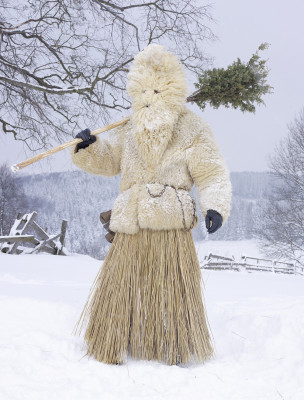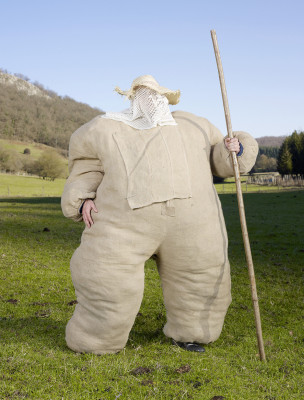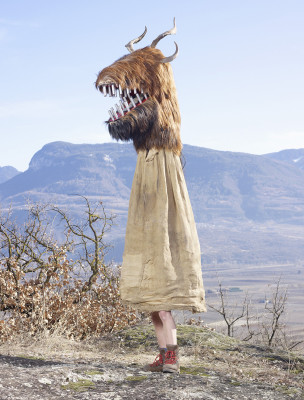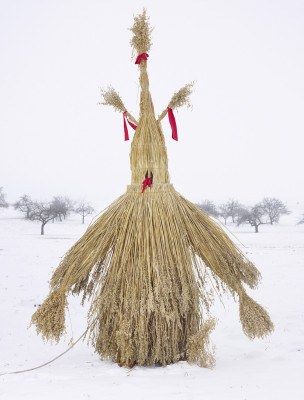Wilder Mann
At the Galleria del Cembalo, from February 6th to March 28th 2015, an extraordinary exhibition shows the photos of the series Wilder Mann by the well known French photographer Charles Fréger.
The masked man, today. ‘Wild men’ from all over Europe in seventy portraits by the French photographer exploring rituals and ancestral traditions of the Old Continent.
The portraits and particularly those in military uniform – no matter what kind of uniform – have always been the main subject of the photographic work by Charles Fréger.
The French Photographer directs his attention to communities for which the uniform plays a leading role, being military, sport, school, religion or theatre uniforms.
His work of rigorous portraitist almost depicts a sort of anthropology of the costume, never separated from human common practices and habits.
This happens also in the series of ‘Wilder Mann’, in which for a long time Fréger explores European rituals and traditions that see the garment becoming mask, disguise, incarnation of the myth.
Inspired by a cyclical idea of being, these traditional masquerades take place every year, particularly in winter time, in closest and the farthest corners of Europe. Following these ceremonies, the research took Fréger to Austria, Bulgaria, Croatia, Finland, France, Germany, Greece, Italy – Sardinia and Alto Adige – Macedonia, Poland, Portugal, Czech Republic, Romania, Scotland, Slovakia, Slovenia, Spain, Switzerland, Hungary and, more recently, England and Ireland.
The seventy photographs of the exhibition show us men in the skin of the ‘wild man’ – ‘wilder mann’ according to the legend is the fruit of the sexual union between a woman and a bear – becoming puppets made of straw, evils, monsters with steel jaws.
Human figures or other subjects looking like wild animals – goats, deers, wild boars and naturally bears – form a sequence that on one side hits us for the extraordinary variety of the transformations, and on the other side shows several recurring elements – animal skins, bells, rods, horns – many connections and similarities that leave us astonished and whose origin certainly cannot be leaded back to the recent so-called globalization.
“The wild man over the years never stopped to appear and disappear. It changed, got transformed, it grew up and it got smaller, once hairy, then bald, once the Good, then the Evil”. This writes Robert McLiam Wilson in the text accompanying the book “Wilder Mann – Or the figure of the wild man”, Peliti Associati editions, containing the photographs by Fréger on the pan-European rituals of the primeval disguise.
The images of the wild continent oscillate between threatening figures and droll characters, between the dark recall of fear and the opposite and complementary atmosphere of a joyful Carnival.
In each of these cases, we may believe it’s a matter of just outward appearance and realize that instead they have a significant depth and importance. They actually are appearances not deceiving, as they belong to the deepest and hidden roots of human being.
DOWNLOAD PRESS RELEASE (PDF)





